Introduction:
The list of UNESCO World Heritage Sites in India is an exquisite example of the country’s rich cultural legacy. These locations, with their fascinating histories and outstanding architectural achievements, capture the rich and varied cultural fabric of this dynamic country. This list of India’s UNESCO World Heritage sites captures the spirit of the country’s rich past and stands as a tribute to the creativity and skill of its ancestors, from the ageless charm of the Taj Mahal to the historic wonders of the Ellora Caves.
What is a UNESCO World Heritage Site?
The UNESCO World Heritage Site designation is an esteemed accolade bestowed upon remarkable locations worldwide that possess noteworthy cultural or ecological significance. This program, which was started in 1972 by the United Nations Educational, Scientific, and Cultural Organisation (UNESCO), attempts to protect and preserve these locations for upcoming generations. These locations stand as a tribute to both the planet’s natural treasures and the rich and varied legacy of human civilization.
Quick Facts about the List of UNESCO World Heritage Sites in India
| Site Name | Location | Year of Establishment | Special Feature |
|---|---|---|---|
| Taj Mahal | Agra, Uttar Pradesh | 1983 | White marble mausoleum, symbol of eternal love |
| Ajanta Caves | Aurangabad, Maharashtra | 1983 | Rock-cut Buddhist cave temples, ancient murals |
| Ellora Caves | Aurangabad, Maharashtra | 1983 | Rock-cut caves with Hindu, Buddhist, and Jain temples |
| Agra Fort | Agra, Uttar Pradesh | 1983 | Massive Mughal fort, red sandstone architecture |
| Hampi | Bellary, Karnataka | 1986 | Ruins of Vijayanagara Empire, ancient temples |
| Fatehpur Sikri | Agra, Uttar Pradesh | 1986 | Former Mughal capital, stunning red sandstone architecture |
| Khajuraho | Chhatarpur, Madhya Pradesh | 1986 | Group of Hindu and Jain temples, intricate sculptures |
| Konark Sun Temple | Puri, Odisha | 1984 | 13th-century temple, chariot-shaped architecture |
| Kaziranga National Park | Assam | 1985 | Largest population of one-horned rhinoceroses |
| Sundarbans National Park | West Bengal | 1987 | Largest mangrove forest, habitat of Royal Bengal tigers and Ganges dolphins |
1. Taj Mahal: A Symbol of Eternal Love
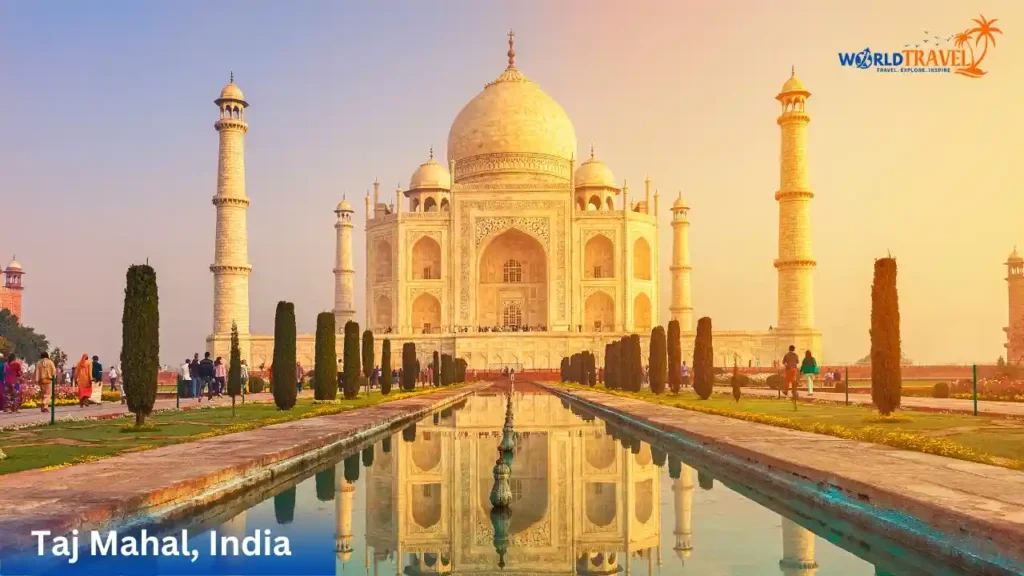
Located in Agra, Uttar Pradesh, the Taj Mahal stands as an iconic symbol of love and architectural brilliance. Commissioned by Mughal Emperor Shah Jahan in memory of his beloved wife Mumtaz Mahal, this pristine white marble mausoleum is a testament to the Mughal era’s opulence and architectural finesse.
2. Ajanta and Ellora Caves: Marvels Carved in Stone
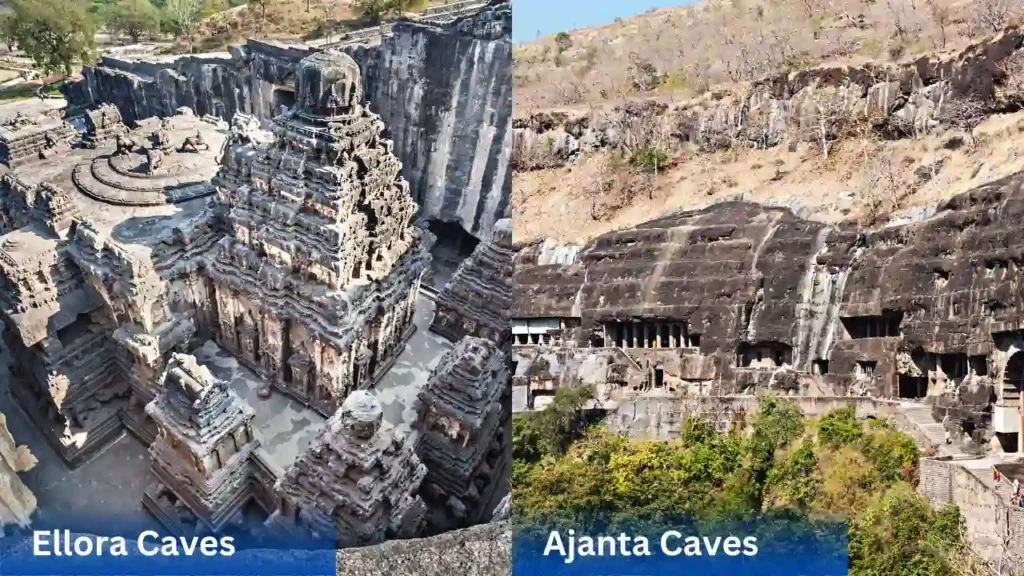
Tucked away in Maharashtra’s Aurangabad district, the Ajanta and Ellora Caves stand as the pinnacle of prehistoric Indian rock-cut architecture. The Ellora Caves, which date to the sixth century AD, exhibit a fusion of Hindu, Buddhist, and Jain artistry, genuinely reflecting India’s spiritual and artistic diversity. The Ajanta Caves, which date back to the second century BC, are well-known for their elaborate murals depicting the life of Buddha.
3. Agra Fort: A Citadel of Grandeur
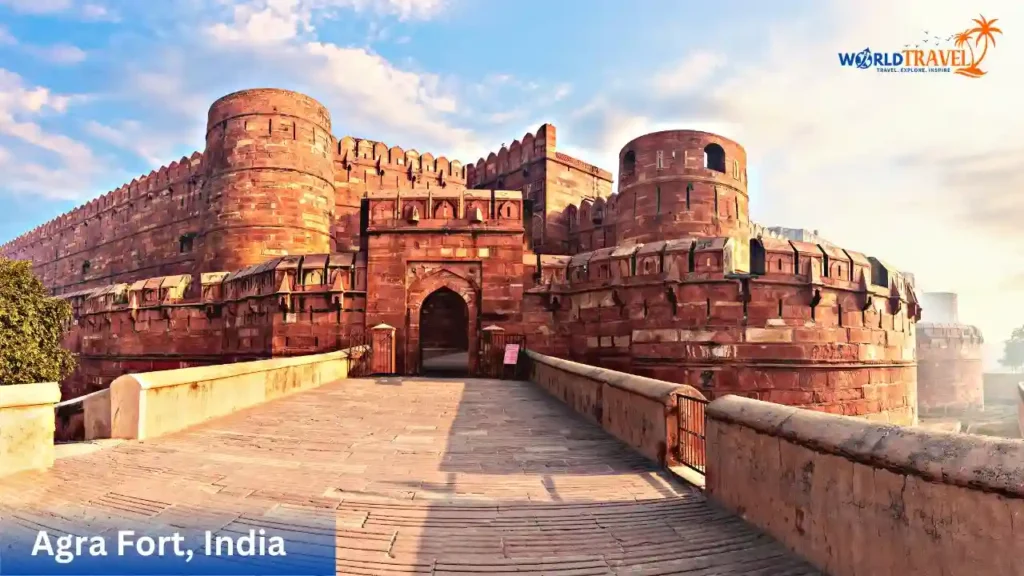
With its imposing red sandstone structure and elaborate gardens, Agra Fort in Uttar Pradesh epitomizes the grandeur of the Mughal Empire. Built by Emperor Akbar in the 16th century, this colossal fort is a living testament to the architectural prowess and strategic brilliance of the Mughal era.
4. Hampi: The Forgotten Empire
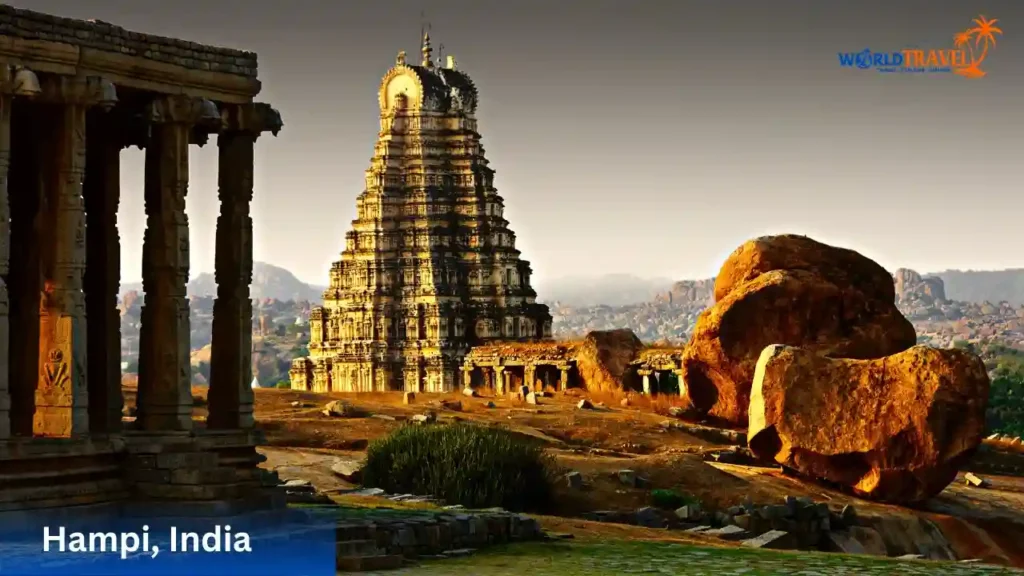
Once the capital of the Vijayanagara Empire, Hampi is a mysterious city located in the Bellary district of Karnataka. Hampi, which is scattered with ruins and historic temples like the Vittala and Virupaksha temples, captures the splendor and skill of a bygone era in its architecture.
5. Fatehpur Sikri: A Red Sandstone Marvel
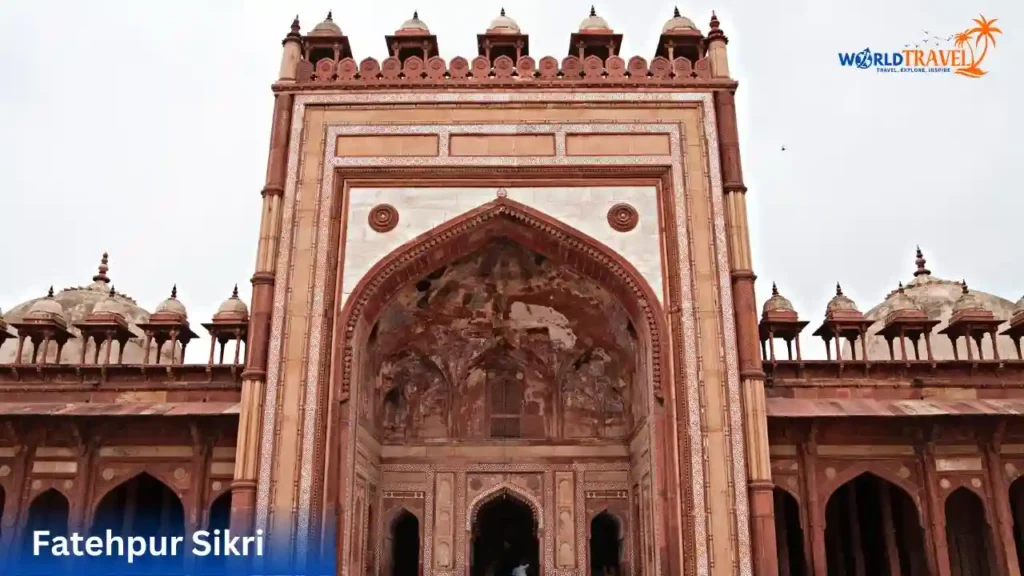
On our list of UNESCO World Heritage sites in India, fifth place is Fatehpur Sikri. Fatehpur Sikri, in the Agra district of Uttar Pradesh, was once the capital of the Mughal Empire and is known for its elaborate red sandstone architecture and painstakingly designed gardens. This UNESCO World Heritage Site, constructed by Emperor Akbar, is proof of the artistic and architectural genius of the Mughal era.
6. Khajuraho Temples: A Symbol of Artistic Excellence
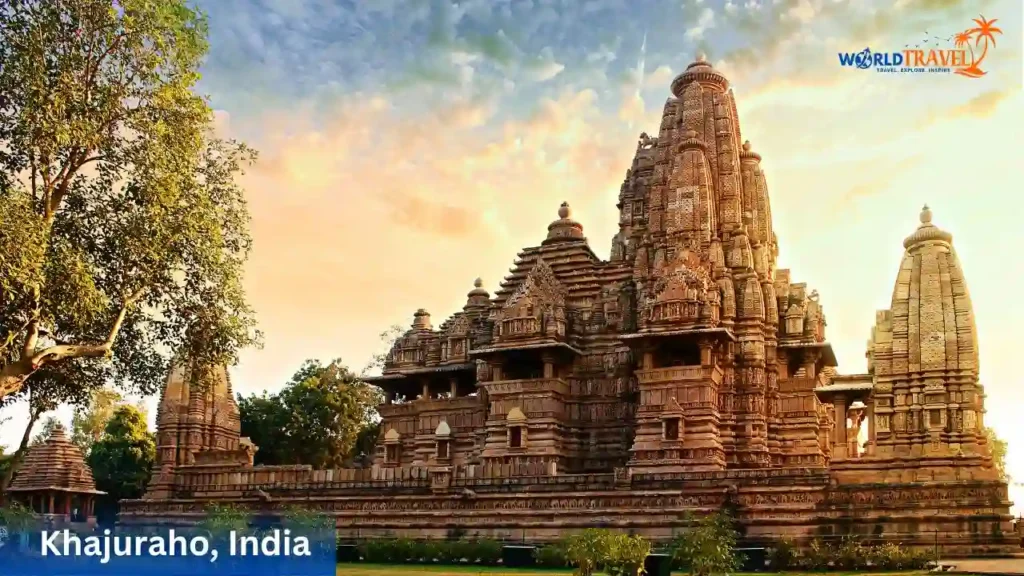
Located in Madhya Pradesh’s Chhatarpur district, the Khajuraho Temples are well-known for their exquisite sculptures and skillful architecture. These temples, which date back to the ninth and tenth centuries and are devoted to Hindu and Jain deities, feature well-known and contentious erotic sculptures among their detailed depictions of daily life and spiritual activities.
7. Konark Sun Temple: A Marvel of Architectural Ingenuity
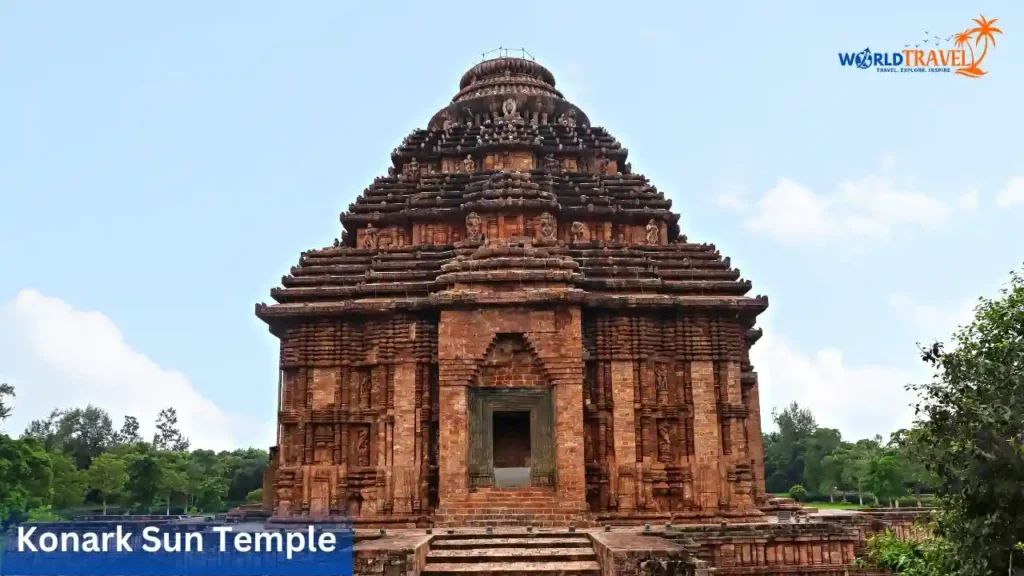
In the Puri district of Odisha stands the Konark Sun Temple, a 13th-century architectural marvel dedicated to the sun god Surya. Adorned with intricate carvings and designed in the shape of a chariot, this temple is a testament to India’s ancient architectural brilliance and devotion to the divine.
8. Kaziranga National Park: A Biodiversity Hotspot
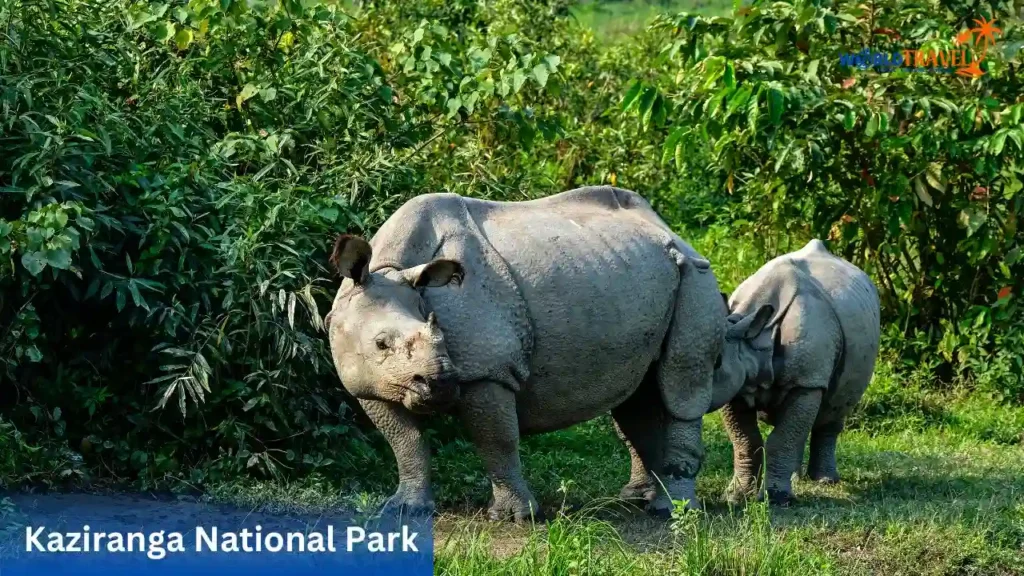
Kaziranga National Park, which spans the Golaghat and Nagaon districts of Assam, is home to the world’s largest population of one-horned rhinoceroses and is recognized as a UNESCO World Heritage Site. It also serves as a sanctuary for many other endangered species. The park is a symbol of India’s dedication to the preservation and conservation of wildlife because of its wide variety of wildlife and magnificent scenery.
9. Sundarbans National Park: A Mangrove Wilderness
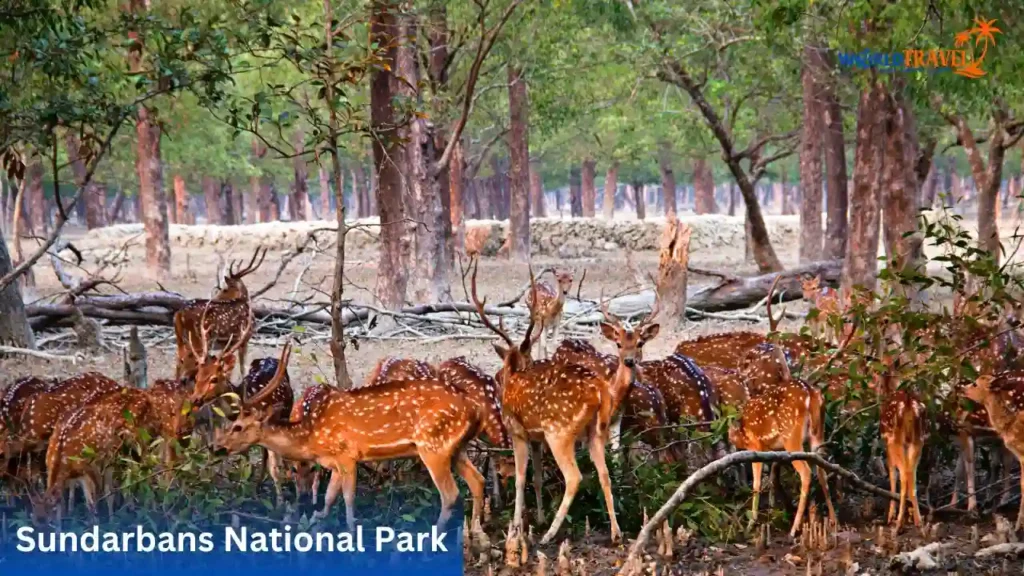
The Sundarbans National Park, which spans the South 24 Parganas district of West Bengal, is the world’s largest mangrove forest. This UNESCO World Heritage Site, which is home to the Ganges dolphin, Indian crocodile, and Royal Bengal tiger, is a natural wonder that demonstrates the delicate balance of an intricate ecosystem.
Preserving India’s Cultural Legacy
The artistic, architectural, and natural wonders of India that have withstood the test of time are showcased at its UNESCO World Heritage Sites, which serve as living testaments to the nation’s rich cultural tapestry. These locations, which range from the Taj Mahal’s architectural magnificence to Kaziranga National Park’s biodiversity hotspot, serve as reminders of the need to conserve and safeguard our common human legacy for future generations in addition to attracting curious tourists.
FAQs about UNESCO World Heritage sites in India
Q. What are the criteria for selecting UNESCO World Heritage Sites in India?
A. UNESCO World Heritage Sites in India are selected based on their cultural, historical, or natural significance, and they must meet certain criteria set by the UNESCO World Heritage Committee.
Q. How many UNESCO World Heritage Sites are there in India?
A. As of now, India boasts 42 UNESCO World Heritage Sites, including 34 cultural sites, seven natural sites, and one mixed site.
Q. What makes the Taj Mahal a unique UNESCO World Heritage Site in India?
A. The Taj Mahal’s unparalleled beauty, exquisite architectural design, and historical significance as a symbol of love make it a standout UNESCO World Heritage Site in India.
Q. Which UNESCO World Heritage Site in India is known for its erotic sculptures?
A. The Khajuraho Temples, located in the Chhatarpur district of Madhya Pradesh, are famous for their intricate and controversial erotic sculptures.
Q. What distinguishes Kaziranga National Park as a UNESCO World Heritage Site in India?
A. Kaziranga National Park, located in Assam, is renowned for its significant population of the one-horned rhinoceros, making it a critical conservation site for this endangered species.
Conclusion: List of UNESCO World Heritage Sites in India
In conclusion, this list of UNESCO World Heritage sites in India are not merely historical artifacts but living embodiments of the nation’s rich cultural, artistic, and natural legacy. Preserving and protecting these sites is not just a matter of national pride but a global responsibility, ensuring that the world continues to marvel at the splendor of India’s heritage for generations to come.

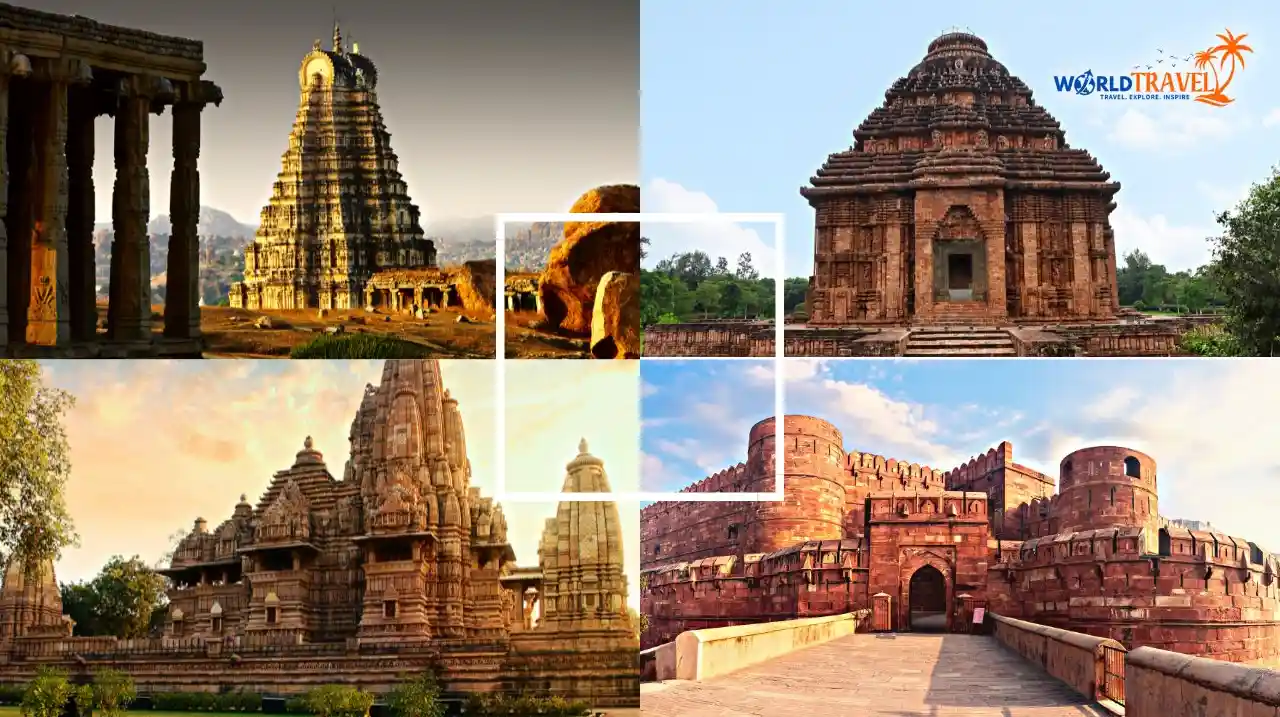



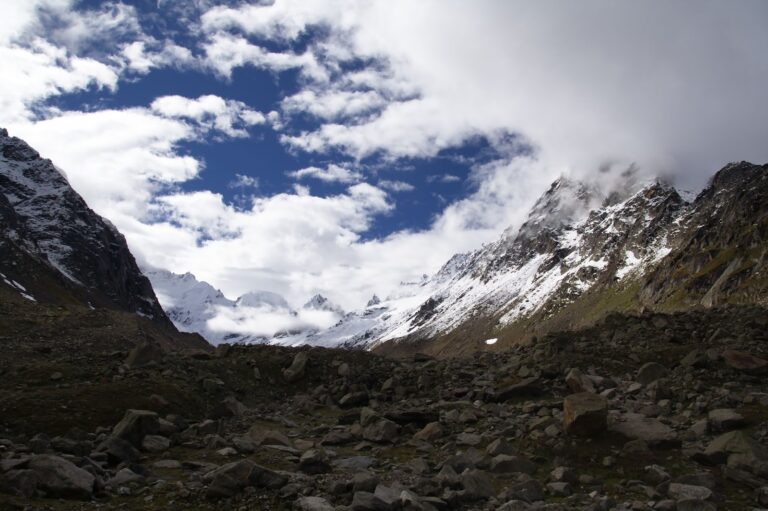


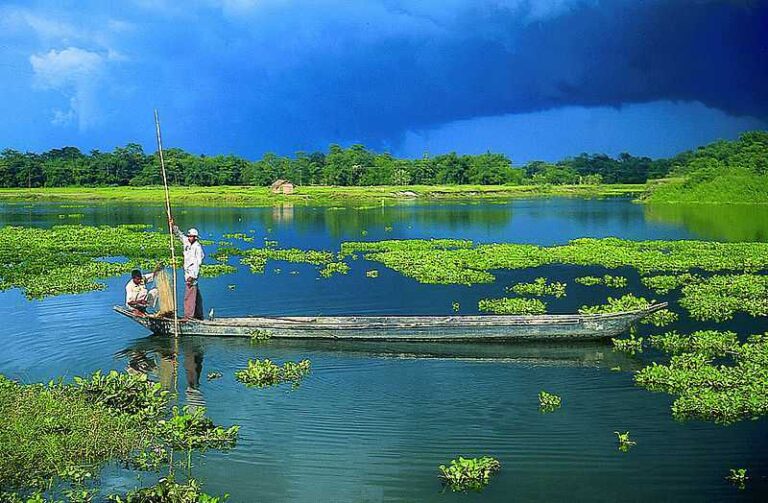


+ There are no comments
Add yours